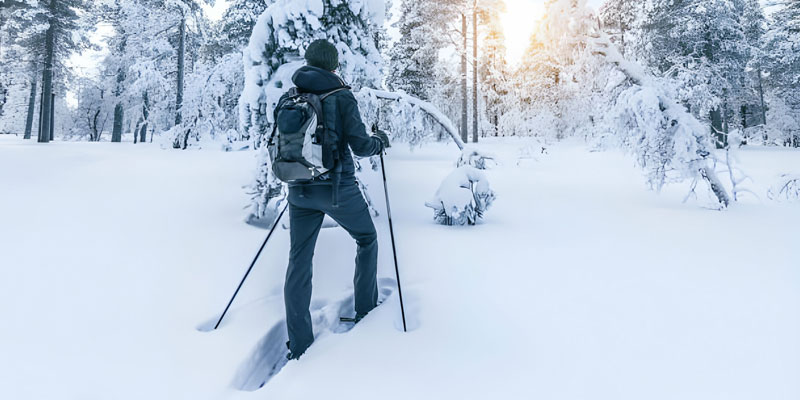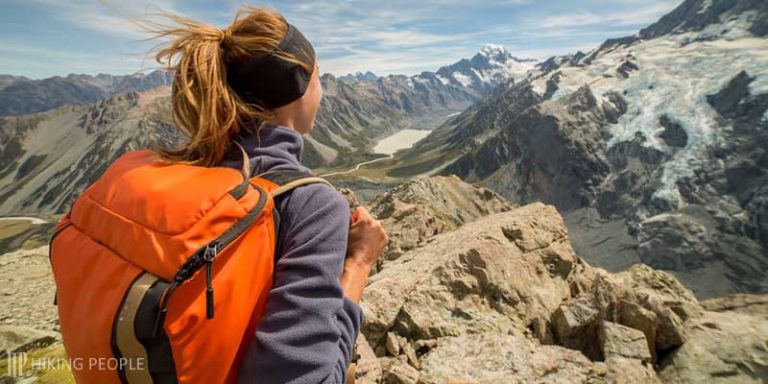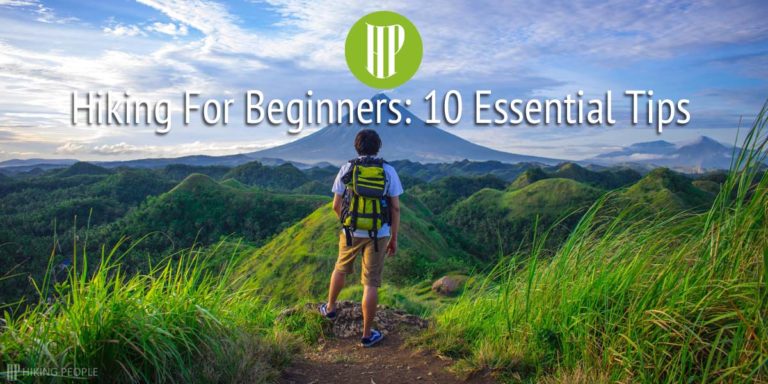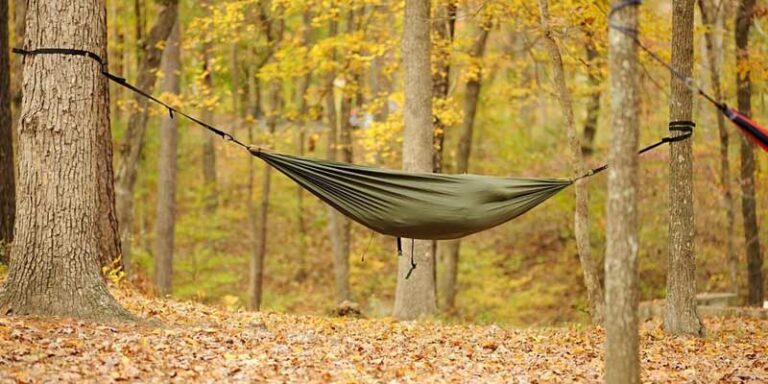Yes, you can wear hiking shoes for snowshoeing. However, it’s important to consider certain factors for a comfortable and safe experience. Ensure that your hiking shoes are waterproof or water-resistant to keep your feet dry in wet snow. Consider adding insulation, such as thicker socks or insulated insoles, for warmth. Verify that your shoes provide good traction, either through their tread pattern or by using additional traction devices. Pay attention to a proper fit to prevent discomfort and blisters. Keep in mind that your feet may swell in the cold. Gaiters can be beneficial to keep snow out of your shoes. While hiking shoes can suffice for casual snowshoeing, if you plan on frequent or more challenging activities, dedicated snowshoe boots with specific features may be a worthwhile investment.
Understanding Snowshoeing
Snowshoeing allows you to explore snowy landscapes by distributing body weight with specialized footwear, preventing sinking into deep snow. Unlike regular hiking, snowshoeing demands specific features in footwear. These features include insulation, waterproofing, and enhanced traction, to navigate through varying snow conditions and freezing temperatures.
Recognizing the distinctions between regular hiking and snowshoeing is crucial. Because snow-covered terrains pose unique challenges that require specialized gear. This understanding forms the basis for evaluating whether the characteristics of hiking shoes align with the specific demands of snowshoeing or if dedicated snowshoe boots are the more suitable option for an enjoyable and comfortable winter adventure.
Characteristics of Hiking Shoes
Hiking shoes, designed for diverse outdoor terrains, possess distinct features that cater to the needs of hikers across various landscapes. Typically, hiking shoes prioritize durability, support, and versatility. They often incorporate robust materials, reinforced toe caps, and ankle support to withstand rocky trails and uneven terrain. Traction is a key focus, with lug soles providing a secure grip on different surfaces. While hiking shoes excel in dry and moderate conditions, their characteristics may raise questions about their suitability for snowshoeing. Understanding the key attributes of hiking boots, including their insulation capabilities and waterproofing features, is essential to assess their potential effectiveness in the unique context of winter snowshoeing adventures.
Requirements for Snowshoeing
Successfully navigating the challenges of snow-covered terrain during snowshoeing requires specific requirements in footwear. Proper insulation becomes paramount in the face of freezing temperatures, with materials like Thinsulate playing a crucial role in retaining warmth. Traction, a key consideration, demands specialized outsoles with aggressive lug patterns or built-in crampons to ensure stability on slippery surfaces.
Additionally, the wet and snowy conditions encountered in snowshoeing necessitate effective waterproofing. While hiking shoes may offer water-resistant features, dedicated snowshoe boots often incorporate advanced waterproof membranes like GORE-TEX, providing a higher level of protection against moisture. These requirements collectively contribute to the overall comfort and safety of individuals embarking on winter snowshoeing adventures.
Dedicated Snowshoeing Boots and Their Features
Dedicated snowshoeing boots are purpose-built for the unique challenges posed by winter environments. These boots typically feature insulation materials, such as Thinsulate or synthetic equivalents, to keep feet warm in cold temperatures. The design often includes waterproof membranes like GORE-TEX, providing superior protection against moisture while allowing breathability.
Additionally, the outsoles are equipped with aggressive lug patterns or integrated crampons, ensuring exceptional traction on snowy and icy surfaces. The height of these boots may vary, with some offering ankle support akin to traditional hiking boots, while others provide a higher cut for increased protection against deep snow.
Other Suitable Footwear Alternatives
While dedicated snowshoeing boots are optimal, other footwear options can also be considered for snowshoeing. It depends on the conditions and personal preferences. Insulated winter hiking boots with waterproofing features may suffice for milder snowshoeing excursions, offering a balance between warmth and flexibility. Some individuals may opt for mountaineering boots for more extreme conditions, benefiting from their robust construction and advanced insulation. Ultimately, the choice between dedicated snowshoeing boots and alternative options depends on the intensity of the snowshoeing adventure and individual comfort preferences.
Conclusion
In conclusion, the question of whether hiking shoes can be worn for snowshoeing unveils the intricate balance between the versatility of hiking footwear and the specialized demands of winter exploration. While these shoes exhibit commendable features for various terrains, the specific requirements of snowshoeing, such as insulation, waterproofing, and enhanced traction, emphasize the distinct advantages of dedicated snowshoeing boots.
Yet, the landscape of winter footwear offers flexibility, with insulated hiking boots and mountaineering boots serving as viable alternatives based on individual preferences and the nature of the snowshoeing adventure. In the end, the key is to prioritize warmth, waterproofing, and traction, ensuring that footwear aligns seamlessly with the unique challenges of snowy environments, enhancing the overall experience of winter wonderland exploration.



